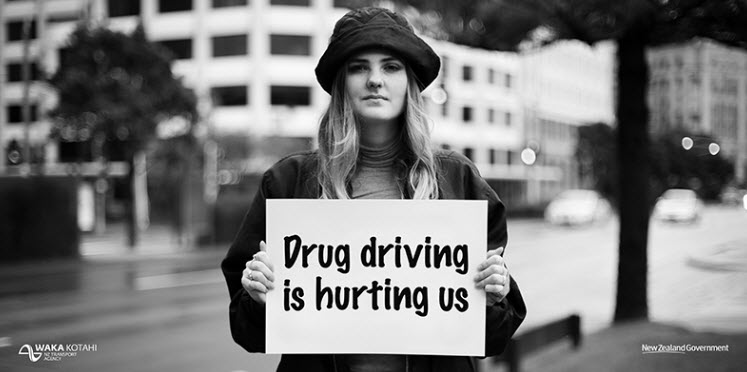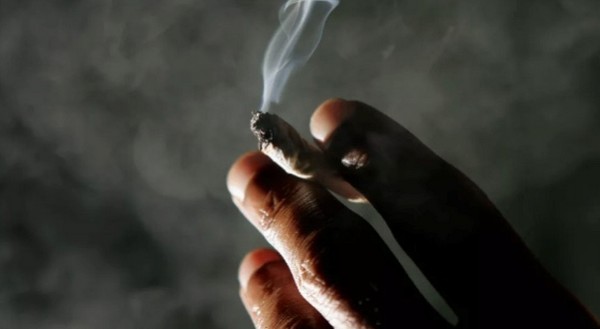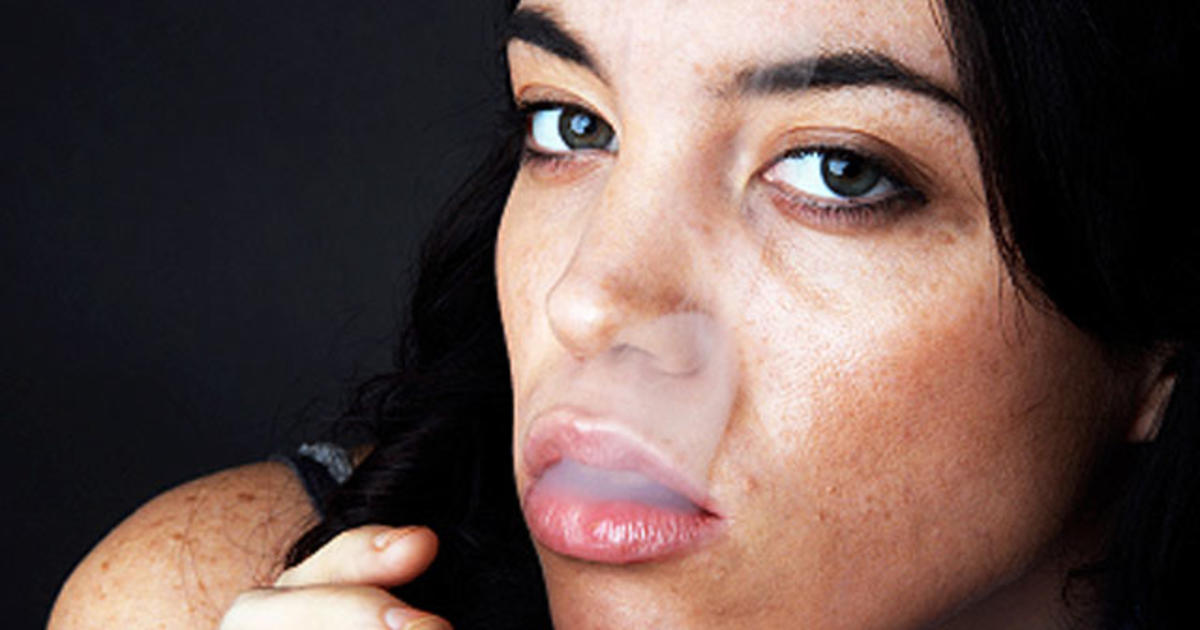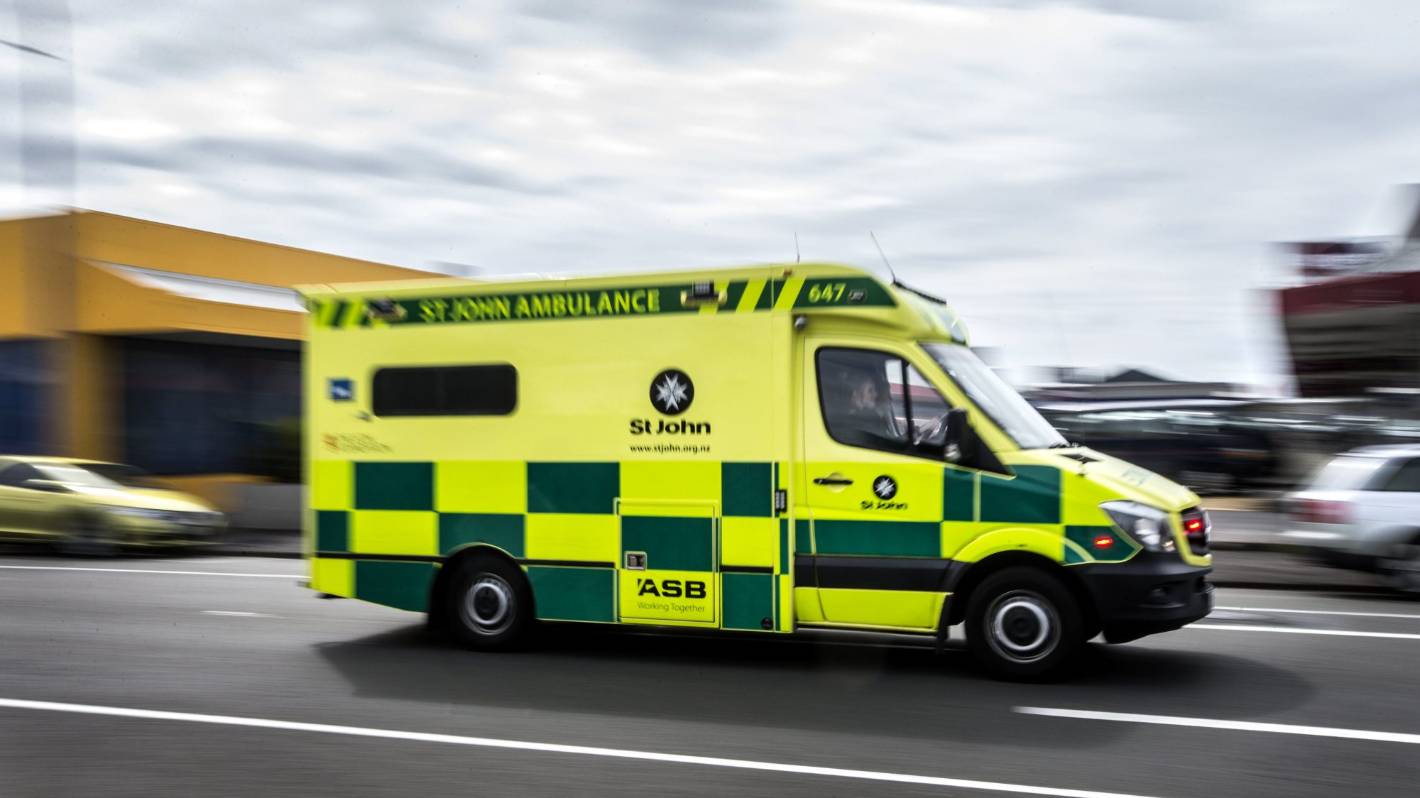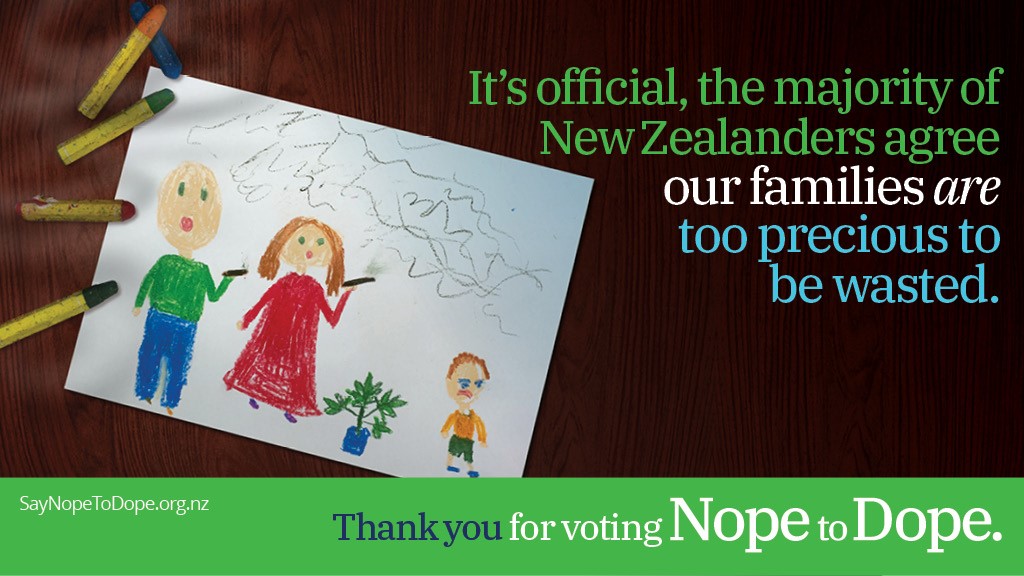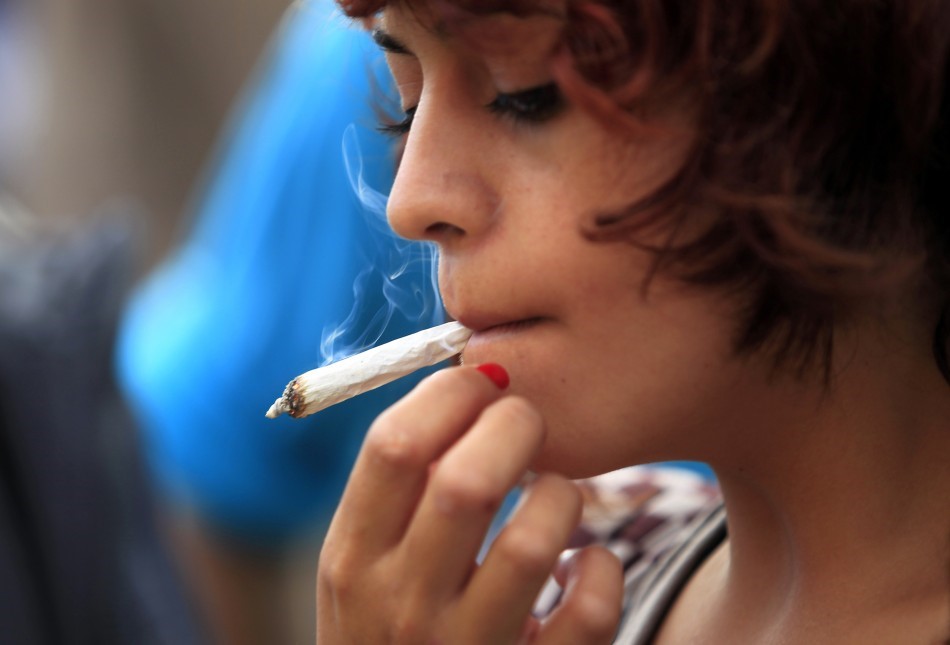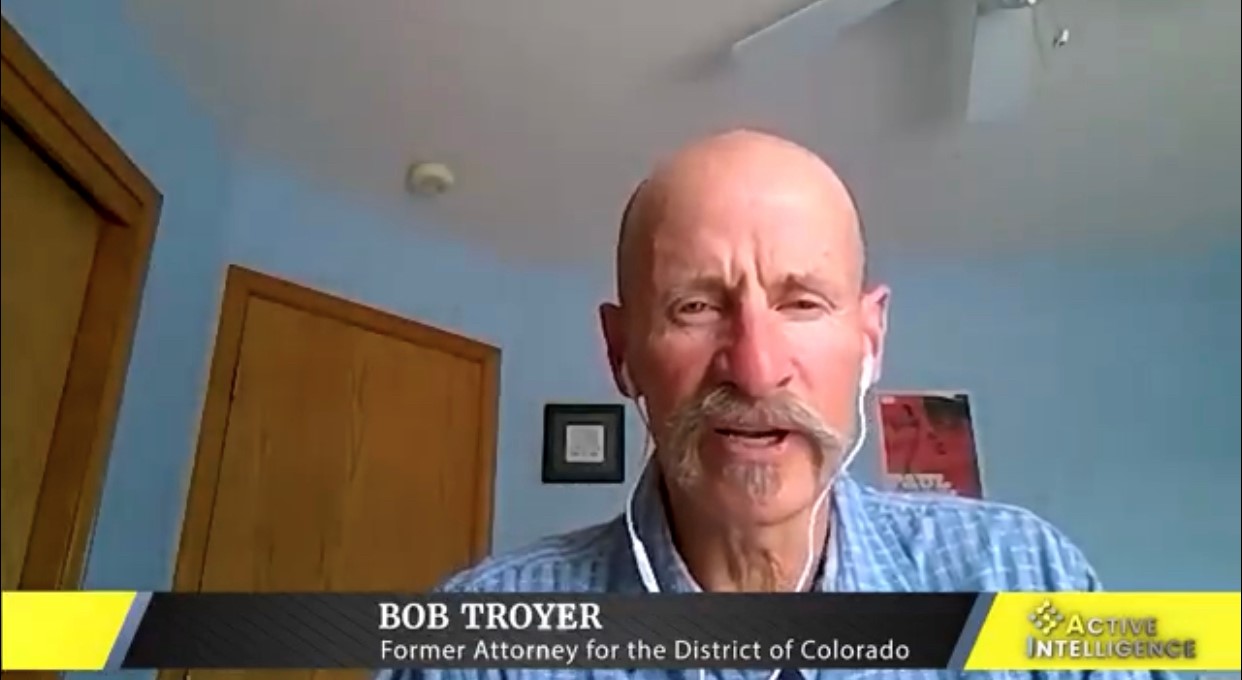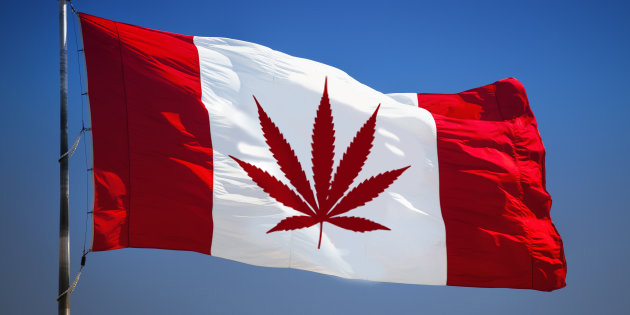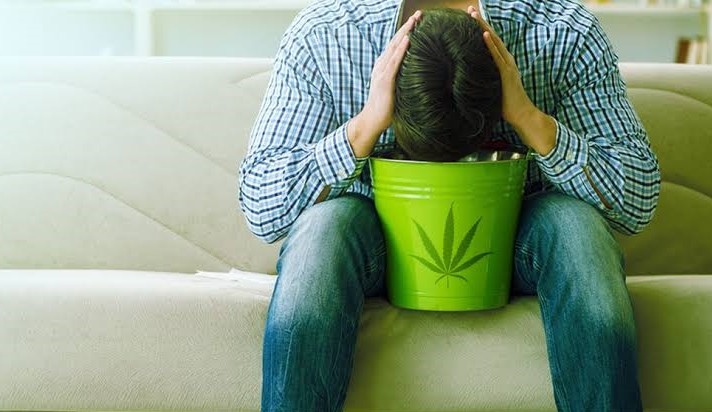
National Drug and Alcohol Research Centre 26 July 2021
A new study has found that an estimated 4.2 per cent of the population aged 14 and over, who have never tried cannabis before, would try it if use of the drug were legal.
Led by researchers at the National Drug and Alcohol Research Centre (NDARC), UNSW Sydney, the study also found that an estimated 2.6 per cent of the population said they were likely to use more cannabis if it were legal.
Lead author, Professor Don Weatherburn from NDARC said, “These findings clearly conflict with the popular view that legalisation of cannabis would not increase consumption.”
Using data from the Australian National Drug Strategy Household survey, the study found that the decriminalisation of cannabis use would likely lead to an increase in consumption of cannabis among young people with mental health problems.
“Consumption of cannabis would be substantially higher among males, younger people and people who suffer from mild, moderate and/or severe level of psychological stress,” said Professor Weatherburn.
“However, it is not known whether those who experience psychological distress are more likely to use cannabis as a form of self-medication, or whether other factors are responsible for both cannabis use and psychological distress.”
The study states that while the vast majority of people may be unaffected by any change in the legislative status of cannabis use, small changes in the number of heavy users of cannabis could have significant effects on demand for treatment and drug-related harms.
READ MORE: https://ndarc.med.unsw.edu.au/news/increase-cannabis-consumption-likely-if-decriminalised-australia-says-new-study

